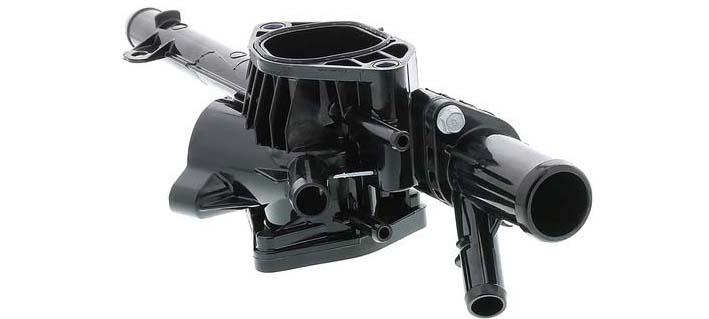As automotive technology continues to advance, every component under the hood plays a crucial role in optimizing engine performance, fuel efficiency, and reducing emissions. One such often overlooked yet essential component is the thermostat. This unassuming device plays a critical role in regulating the temperature of the engine, ensuring it operates within the optimal temperature range. In this article, we’ll explore the significance of thermostats in modern engines and how they impact performance, fuel efficiency, and emissions.

- Maintaining Optimal Engine Temperature:
The primary function of a thermostat is to regulate the flow of coolant through the engine based on its temperature. This is crucial because engines have an optimal operating temperature range for peak performance. If the engine runs too hot or too cold, it can lead to various issues. A thermostat helps maintain the engine at the right temperature, ensuring efficient combustion, oil viscosity, and component longevity.
- Enhancing Engine Performance:
A well-functioning thermostat ensures that the engine reaches its ideal operating temperature quickly and maintains it during various driving conditions. This is vital for engine performance, as it allows the engine management system to operate efficiently, leading to improved power output, smoother acceleration, and better overall responsiveness. In cold weather, a thermostat helps the engine reach its optimal temperature faster, reducing cold-start wear and tear.
- Improving Fuel Efficiency:
Fuel efficiency is a top priority in modern automotive engineering, driven by environmental concerns and consumer demand. A thermostat directly impacts fuel efficiency by ensuring the engine operates within its optimal temperature range. When the engine is too cold, it burns more fuel to maintain its temperature, resulting in reduced mileage. On the other hand, an engine running too hot can cause fuel to vaporize prematurely, decreasing efficiency. A well-calibrated thermostat strikes the right balance, leading to better fuel economy.
- Reducing Emissions:
Emissions regulations continue to become more stringent globally. A properly functioning thermostat contributes to reducing harmful emissions by maintaining the engine in its optimal temperature range. This ensures that the catalytic converter and other emission control systems operate at their best, effectively reducing pollutants released into the environment. A thermostat that allows the engine to run too cold can lead to incomplete combustion and increased emissions.
While the thermostat may be a small and often overlooked component in the grand scheme of an automotive engine, its role in optimizing engine performance, fuel efficiency, and reducing emissions cannot be underestimated. Ensuring that your vehicle’s thermostat is in good working condition and replaced when necessary can contribute to a smoother-running engine, better fuel economy, and a smaller environmental footprint. As automotive technology continues to evolve, the thermostat remains a critical player in the pursuit of more efficient and eco-friendly vehicles.





